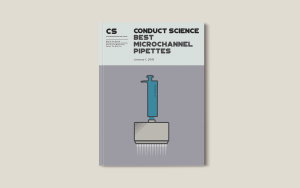
Best Microchannel Pipettes: A Comprehensive Guide
Introduction Pipetting, at first glance, would seem a fairly simple and easy task. Essentially described as glass or plastic tubes used to measure and transfer

To receive a grant award, you think of novel ways of highlighting your research application amongst all others. It is where preliminary research appears and acts as a power play for your grant proposal. Data for preliminary research is gathered via small-scale research to assess the protocols of your research. It gives your reviewers a small peek into your research methods, instrumentations, and exploratory findings. It will simply boost your research hypothesis Georgia, Elena, Tiago & Neil, 2016). Therefore, this article provides a comprehensive analysis of the preliminary data collection and its status with respect to your grant application.
Preliminary data adds many advantages to your research application for a grant award.
Collecting data for preliminary research requires ingenious planning. Tips for gathering data are:
Seek advice from your seniors and stay in contact with NIH information and guidance cell. Tell them about the level of your research and ask them how much data will be required to carry out preliminary research. You can also inquire about the methods suitable to conduct your research.
You should have faith in the data originally harvested by you. You can conduct questionnaires and surveys for it. Also, you can add data gathered by your research teammates. This will impress your peer reviewers that both you and your team members are capable enough to execute your planned research.
These include two major sources that are widely used by researchers. These are:
Publicly Available Data
You can probe into the data that is available publically if you want information relating to the epidemiology of a disease or its associated factors. You can acquire essential epidemiological data from the following:
Data Warehouses
These are used for gathering data for clinical research projects. These are vast suppliers of pilot data specifically regarding the population description. You have to request information from them by contacting or emailing them personally.
If you don’t have adequate funds to conduct preliminary research, you can opt for the following methods:
You can request aid via an application for funding endowment from:
New researchers are often confused with the volume of data to be gathered enough to gain the approval of their peer reviewers. Data is considered sufficient when it has these features:
You should keep in mind that both qualitative and qualitative data are important. You should add diagrams that validate your research methods and approaches. You should exhibit in the form of facts and figure that your study designs are meaningful and reproducible. Maintaining equilibrium between both types of data will prove that you are skillful enough to carry out your proposed research. You cannot prove in your preliminary research that your results are authentic; nevertheless, you should convince them that your ideas and methods are important enough to fulfill your proposed hypothesis.
The next step after collecting your preliminary research is writing it down in your application. It is a little tricky procedure but not at all difficult. You just have to stay focused on your creativity at its peak. Here are important tips regarding how to transform your preliminary research into a grant paper:
The information you provide through your preliminary research should be directly analogous to your research aims and hypothesis. Peer reviewers do not have time to read all the lengthy details. They want a clear-cut representation of what you are proposing in your project.
You should be able to stipulate data that is precise, and adequate, and should supplement the utilized research techniques on its own. Try to convey greater information in compact but easy wording. The quality of your research data should be self-sufficient. This will sway your reviewers and save their time as they have to go through bunches of applications in a limited time.
Your preliminary research section actually prepares the reviewers in knowing the foundation techniques and tools used in your research and how feasible they are. It is an overview of the study and design section that comes next in your application. You should convince your reviewers that you have capable tools, effective techniques, helpful collaborators, and a suitable environment to carry out your planned research. Tell them that you can meet up with the likely challenges. (Salmaan, 2015)
Try using graphs, figures, and tables to demonstrate your research techniques. Your demonstration skills are particularly checked here. Your diagrams should be easy enough yet so deep that they should provide the reviewers with a full explanation of your methods used. Your facts and figures should be worth the reviewer’s time.
Your data should not lack objectivity. It will rather look biased if you ignore any divergent interpretation. So, your data should calibrate all conceivable interpretations in a professional manner and link them to your research objectives. Prove to them that you have already found all the deficiencies in your research and are smart enough to resolve them in your proposed research.
The core of your project is your proposed aims and hypothesis. Whatever data you provide, it should lead the reviewers back to the research objectives and its deductions. This data section of your application will serve as the validity tool for your planned research.
Your way of presenting your research in terms of preliminary data should be eye-catching. It should arouse eagerness in the peer reviewers and should urge them to think about what’s next in your grant application.
Never present the data for which you don’t have enough information. Never leave it to your reviewers to do the guesswork. Also, avoid providing too much data as if you have already administered your planned research (Kevin & Melissa, 2008). It will leave a bad impression on your reviewers, and they will think that you are not skillful enough to search about it. Postulate all the relevant statistics in this section with full confidence.
Some writers add much of their methodological details by referencing the readers to view the details in other articles. This is wrong as the reviewers get distracted when they have to look for details in the articles other than your application.
In the ending paragraph of the preliminary research section, you should tell your reviewers that you conducted this pilot research to augment your planned research. Also, convince them that your particular methodologies will certainly be successful in achieving your aims and derived hypothesis. Furthermore, it will help fill the gaps in modern scientific knowledge.
The first thing you do after completing this section is proofreading. Also, your institution will have many experienced researchers and mentors who can re-check your preliminary data section. They can guide you and improve your data presentation methods to enhance the feasibility of your research further.
One of the major factors to consider while presenting your preliminary research section is esthetics. Follow the below-mentioned tips to gain reviewers’ attention further:
Split your data into multiple paragraphs. Give a heading to each paragraph highlighting the main topic of discussion in it. Each paragraph should be 4 to 5-lined with a concluding sentence at the end of the paragraph. All of this will help in the quick extraction of information by the peer reviewers.
Nothing is better than a visual description of data in the form of diagrams such as bar charts, graphs, and tabulations. Your illustrations can convey a thousand words. But, keep in mind that your demonstrated data should be simple and well comprehensible by the readers. If you paste a figure inside your text, prefer to place it on the same page as the text. This will prevent your reviewers from being frustrated by the back and forth turning of a page.
Your data should be organized as if the sentences and paragraphs are following each other in a flow. Try to make it look like one thing is leading to another. This will add to esthetics as well as leave a positive impression about your presenting skills.
The idea of administering preliminary research before the actual research can be burdensome, especially for the new investigators. Some of the researchers leave it, thinking that their project is good enough to go without it. By reading this article, you can clearly see the advantages to the applicant who has conducted preliminary research. Follow the instructions given accordingly to use Preliminary Data as an asset in your grant proposal.

Introduction Pipetting, at first glance, would seem a fairly simple and easy task. Essentially described as glass or plastic tubes used to measure and transfer

Resource Identification Initiative: A Key to Scientific Success and Analytics The key to success can be found in the essential principles of the Resource Identification

INTRODUCTION AND BRIEF HISTORY One of the most important pieces of equipment in the laboratory is the centrifuge, which facilitates the separation of samples of
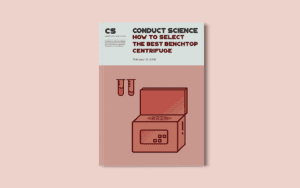
INTRODUCTION AND BRIEF HISTORY One of the most important pieces of equipment in the laboratory is the centrifuge, which facilitates the separation of samples of
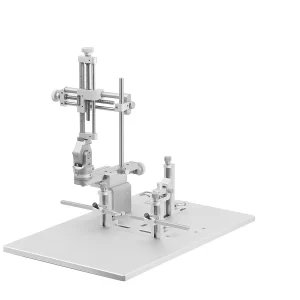

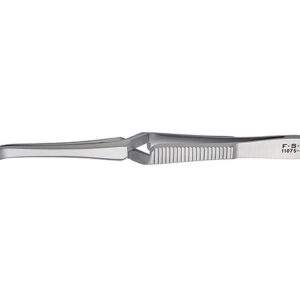
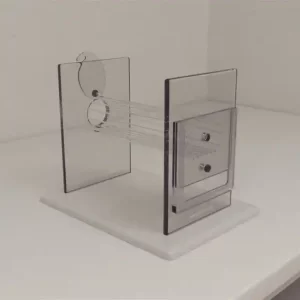
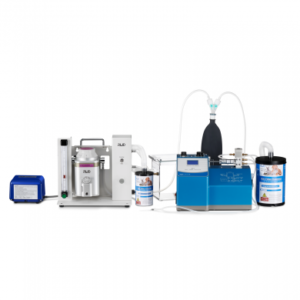

DISCLAIMER: ConductScience and affiliate products are NOT designed for human consumption, testing, or clinical utilization. They are designed for pre-clinical utilization only. Customers purchasing apparatus for the purposes of scientific research or veterinary care affirm adherence to applicable regulatory bodies for the country in which their research or care is conducted.